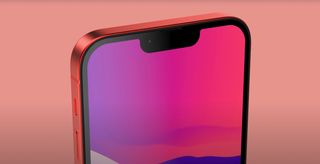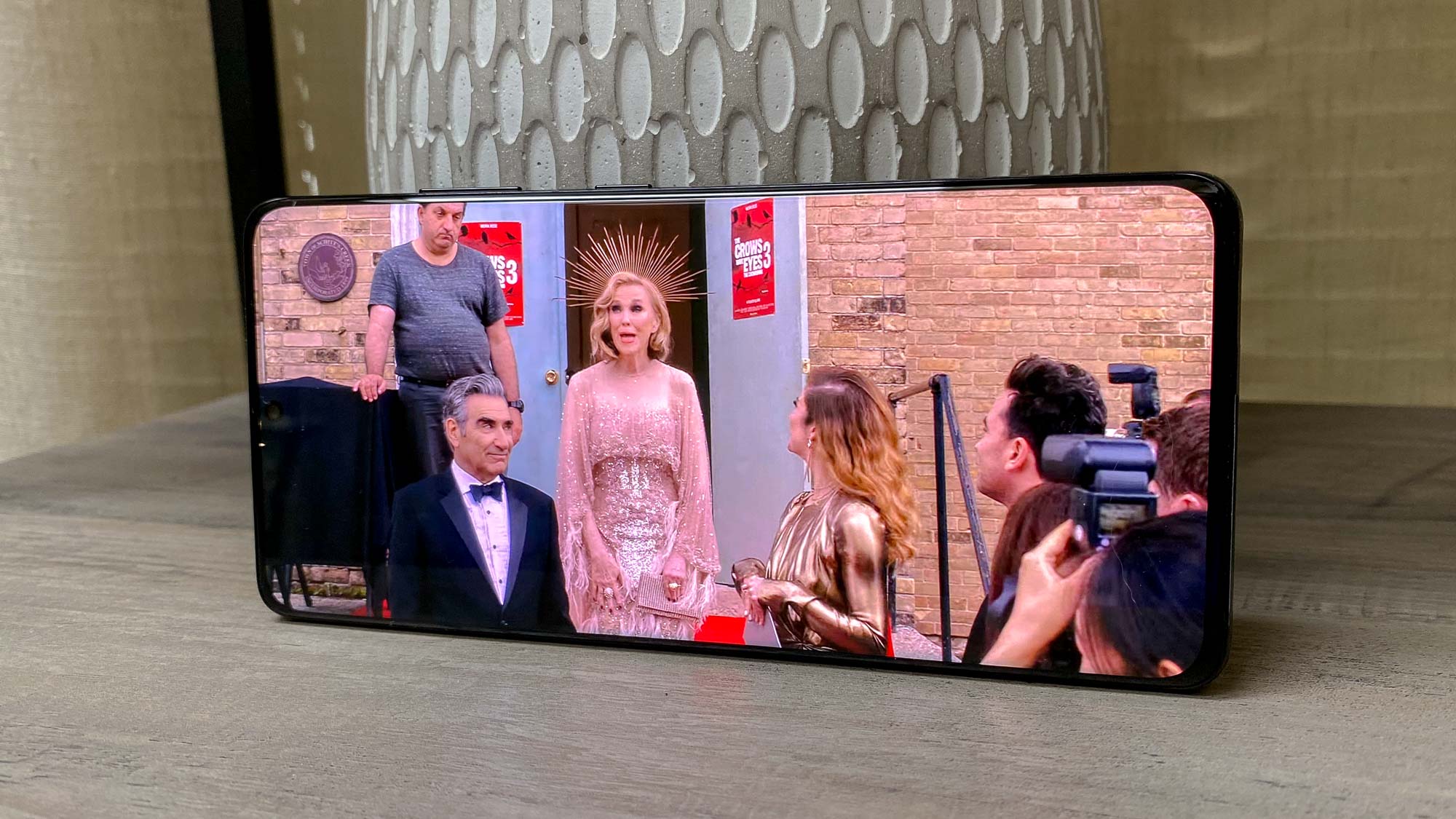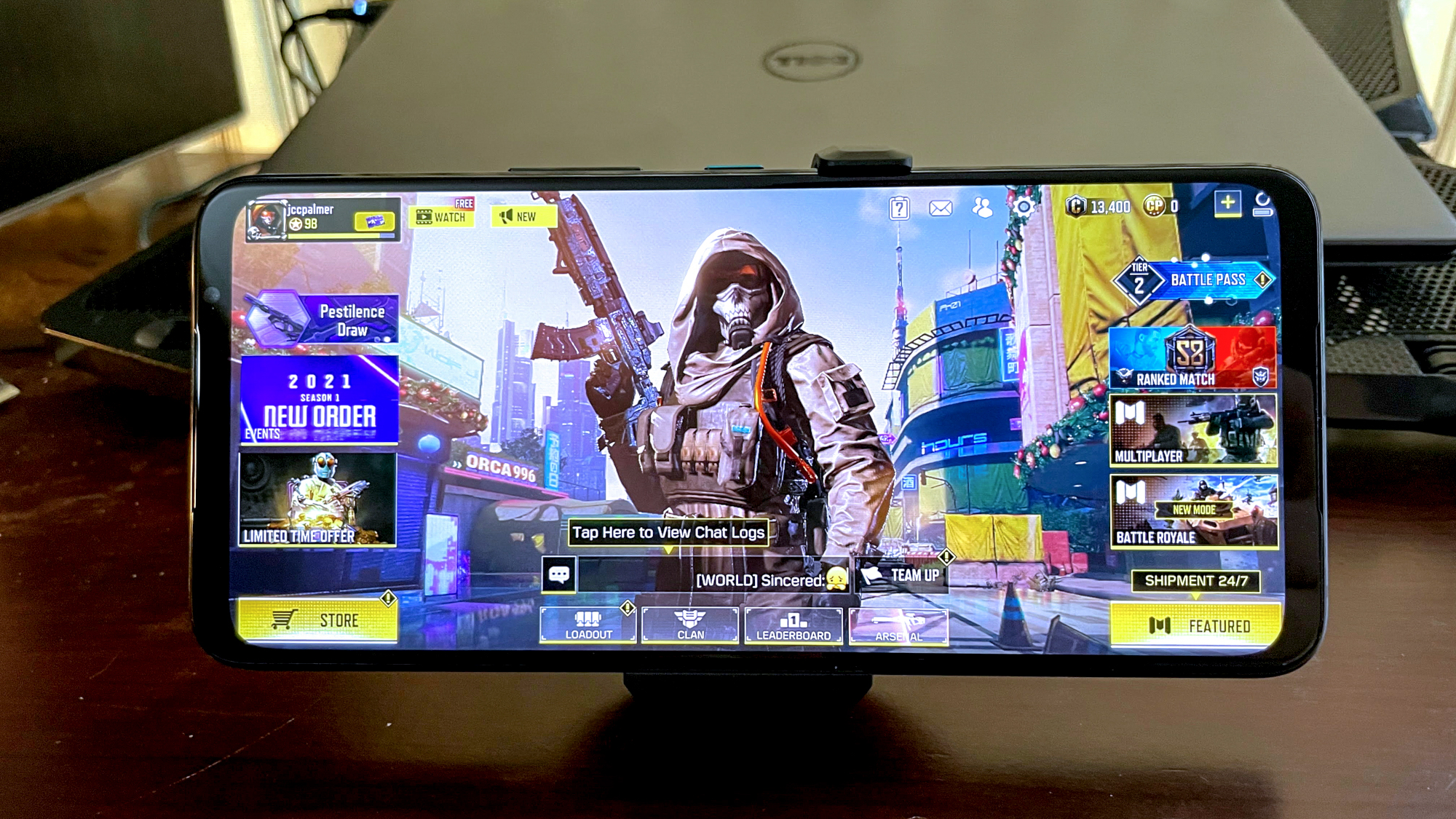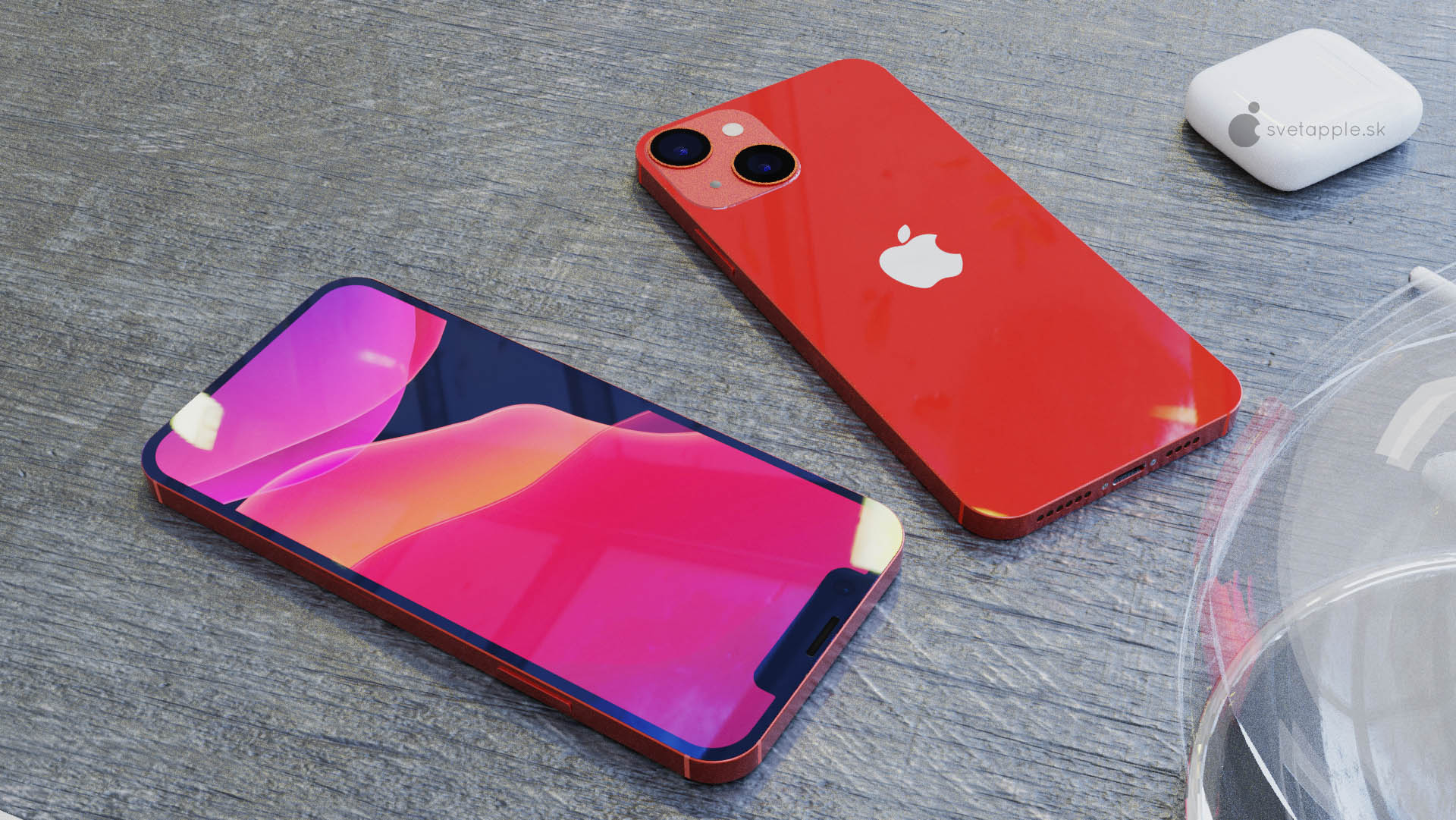iPhone 13 Pro tipped for 120Hz display — here's what that means
iPhone thirteen Pro tipped for 120Hz display — hither's what that means

Feast your eyes on a flagship phone these days, and you'll likely encounter a device with a fast-refreshing display. Whereas the majority of phones get by with a screen that refreshes at 60Hz, many of the best phones out there now ramp up that rate to 120Hz, peculiarly if there'south activity that would benefit from the smoothen look that comes with a college refresh charge per unit.
The ranks of fast-refreshing phones should aggrandize this week. Apple is gear up to announce the iPhone 13 during its Apple result today (Sept. 14). At least two of the those phones — likely the more expensive iPhone 13 Pro models — are supposed to feature displays with an adaptive refresh rate that can automatically ramp up for a smoother, more immersive experience. And that ways iPhone users volition bring together the ranks of Galaxy, Pixel and OnePlus owners in experiencing first-manus the wonders of 120Hz displays.
- Apple event live weblog: iPhone xiii and all the large news
- iPhone thirteen vs iPhone 12: Biggest differences explained
In that sense, this is a lot like the addition of 5G to last year's iPhone 12 models. The iPhone was hardly the showtime phone to add together 5G connectivity — in fact, Apple lagged behind many other top telephone makers in jumping on the 5G bandwagon. But when the iPhone 12 did debut as the outset 5G-set iPhone, that put the technology in the hands of more people, given the popularity of Apple phones.
With many iPhone fans all but certain to get their get-go expect at 120Hz displays this week, it'south worth reviewing how exactly a fast-refreshing brandish tin better your smartphone experience while also because why Apple might limit this feature to simply a couple phones.
Here's what you demand to know about 120Hz displays in accelerate of this week'southward probable iPhone 13 debut.
Meet LTPO display engineering science
A persistent rumor surrounding the iPhone 13 is that Apple is going to adapt depression-temperature Polycrystalline oxide, or LTPO, technology for some of its new phones. LTPO isn't a mystery if you follow phone announcements — it's the same engineering used in the Galaxy S21 family equally well as the OnePlus nine Pro to allow those phones to offer displays with dynamically adjusting display rates.
Apple uses LTPO, too, but on the Apple Watch — specifically, since the Apple tree Picket Series 5, powering the always-on display introduced with that version of the smartwatch. The iPhone 13 would marker the first time LTPO has found its manner onto Apple's smartphones.
We have a more than detailed commodity on what LTPO technology is, but in a nutshell, it lets displays adjust their refresh rates on the wing, ramping up the speed when there's an intensive job going on, and scaling back downwards when y'all're doing something more than static. This allows phone users to enjoy the benefits of a fast-refreshing brandish — more on those in a moment — without every bit big a drain on the device's battery life.

LTPO is besides an improvement over devices like the Milky way S20 that required you to manually adjust the refresh rate of your phone's display. In that circumstance, you had to choose whether you wanted the faster refresh rate or extended bombardment life — and if yous changed your heed, it was upwardly to you to get into settings.
Fast-refreshing displays accept go a nearly-standard option on flagship phones. But you'll likewise find lower-cost midrange phones that now offering the feature — everything from the $499 Galaxy A52 5G to the $240 OnePlus Nord N200 5G. These cheaper phones oft opt for manually adjustable settings rather than the dynamically adjusting refresh rates enabled by LTPO, but they still offering smoother-scrolling screens than any iPhone to date. Did Apple wait likewise long to implement the feature?
Avi Greengart, founder and lead analyst at Techsponential, doesn't think and then. "Several mid-tier phones already take fast refresh displays," he said. "Just they are not iPhone."
The benefits of fast-refreshing displays
The benefits [to LTPO screens] are smoother scrolling with less motion blur [and a] smoother look and feel
— Ross Young, Display Supply Concatenation Consu
Then should Apple tree unveil an iPhone with an LTPO-based display, why should you exist excited? Because it's going to improve your overall experience with the phone.
"The benefits are smoother scrolling with less motion blur [and a] smoother wait and experience," said display annotator Ross Young of Display Supply Chain Consultants.
Smoother scrolling is certainly at the tiptop of the list for the benefits of a brandish with a 120Hz refresh rate. When nosotros test those phones for Tom's Guide, scrolling through a web page is ridiculously polish — stacked up against a 60Hz screen, the difference is night and 24-hour interval. And I'g non the first reviewer to find it hard to go back to a 60Haz phone after testing out 1 with a fast-refreshing display.
"Faster refresh rate displays make a phone feel more fluid and responsive," Greengart agreed. "Apple has long offered this feature on its iPad Pro, it just hasn't been able to bring it to its phones."

Merely Young's indicate about video and gaming shouldn't exist glossed over. There's a reason the best gaming phones ramp up the refresh rate even higher, with many offering a max refresh rate of 144Hz. Graphics await sharper with less stutter, and the game itself feels more immersive — especially in graphically intensive, action-packed gaming.
Of course, to reap the full benefit of that, games do take to exist optimized for fast-refreshing displays. I wouldn't imagine it will exist difficult for Apple to encourage iOS game makers to do but that in advance of the iPhone thirteen's release. In fact, it wouldn't be out of character for Apple to include app makers in Tuesday's launch event to sing the praises of fast-refreshing displays — if that is, in fact, on the docket for some iPhone 13 models.
LTPO displays and bombardment life
We've talked about the other benefit of LTPO already: the reduced hit on bombardment life. "In the past, high refresh charge per unit displays came with a penalty, high power," Young said. "But with LTPO technology, the high ability at high refresh can be showtime by lower at low refresh as LTPO displays can get down to 1Hz for showing static content like text without flicker and reduce power consumption."
We've seen mixed results in our testing. For the OnePlus 9 Pro, enabling the adaptive display rate had no touch on battery life in our testing, where we have a phone surf the web continuously over cellular until information technology runs out of power. In fact, in 120Hz fashion, the OnePlus 9 Pro actually lasted ii minutes longer than when we tested the 60Hz option, with an above average battery-life effect of 10 hours, 40 minutes.
Other phones, peculiarly Samsung'south, take seen a bigger gap in battery life between the adaptive 120Hz charge per unit and the low-ability 60Hz option. The Samsung Galaxy Z Fold 3 lasted around half-dozen.5 hours in 120Hz manner — most 90 minutes less than it did with the 60Hz style enabled. Of grade, Samsung'southward new foldable phone has a 7.six-inch screen, which also has a big impact on battery life.
The lesser line? We're interested to meet how Apple manages battery life should it include a fast-refreshing display on its new phones. Certainly, you can understand why there's a rumor that the new iPhones volition feature larger batteries than the iPhone 12 models had to offering.
Apple'due south approach to fast refreshing displays
Reportedly, Apple is only bringing fast-refreshing displays to the iPhone 13 Pro and iPhone xiii Pro Max. The less expensive iPhone 13 and iPhone 13 mini are expected to stick to 60Hz displays, similar every iPhone before them.

The move will surely disappoint a segment of some smartphone shoppers, who'd like to see Apple offer a faster refresh rate in its more affordable flagships. Just it does help establish a definitive difference between the iPhone 13 Pro models and the rest of the lineup — one that could encourage people to pay up for the Pro experience. (The iPhone 12 Pro costs $999 — $200 more than than the iPhone 12 — and Apple watchers expect similar pricing for the iPhone xiii versions of each telephone.)
In that location's another reason why LTPO-based screens might simply find their way to the Pro models, Immature says, and it has nix to practice with goosing Pro sales. "One of the reasons Apple is only offering adaptive refresh with LTPO on the xiii Pro models is that the console suppliers for the non-Pro models accept yet to transport LTPO panels," he said. "Their LTPO chapters isn't ready for Apple'southward quality and volume requirements yet."
The primal word there is "even so." Young expects the 2022 iPhone lineup to feature LTPO across the board. Similar everyone who sees a fast-refreshing display, it seems, Apple is going to have a hard fourth dimension going dorsum to 60Hz.
- iPhone thirteen vs. iPhone 13 Pro: Biggest differences to expect
Source: https://www.tomsguide.com/news/fast-refresh-displays-are-coming-to-the-iphone-13-pro-heres-what-that-means
Posted by: gallagherthly1983.blogspot.com


0 Response to "iPhone 13 Pro tipped for 120Hz display — here's what that means"
Post a Comment